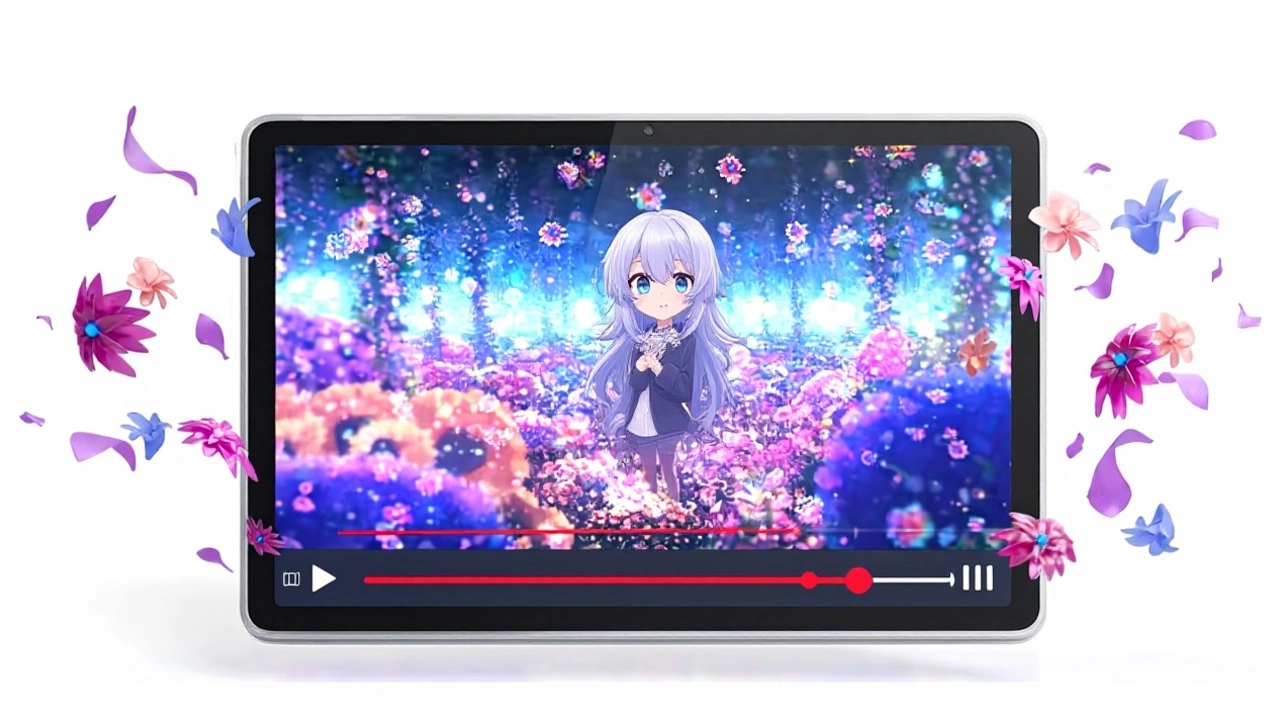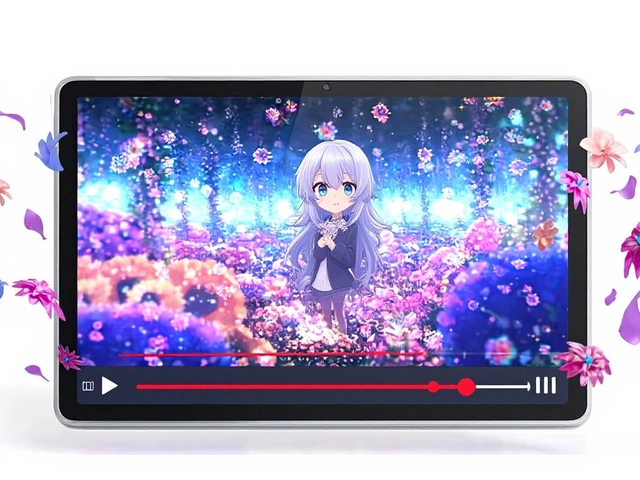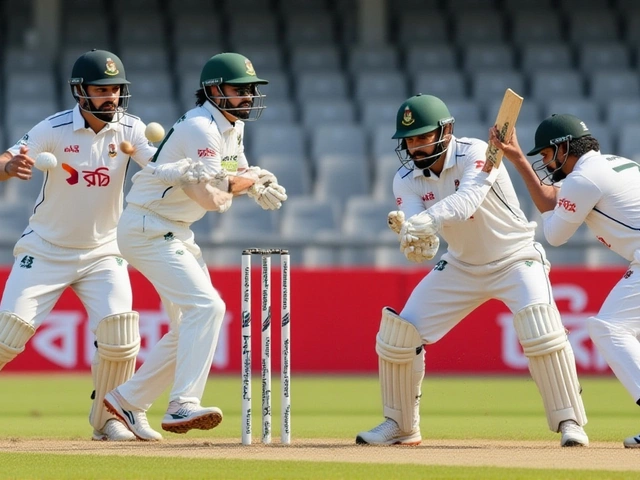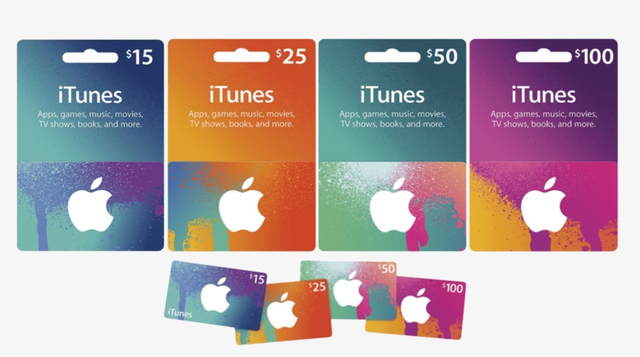India’s tablet market shrank by 32.2% in the first half of 2025, shipping just 2.15 million units — a dramatic plunge from last year’s numbers. But beneath the decline lies a quieter, more telling story: while corporate orders collapsed, consumers are quietly rediscovering tablets. Samsung didn’t just survive — it dominated, grabbing 41.3% of the market. Lenovo and Apple aren’t far behind, fighting for second and third place with 12.3% and 11.8% respectively. The twist? The market isn’t dying. It’s changing hands.
Why the Crash? Government Pullback, Not Consumer Apathy
The drop wasn’t caused by people losing interest. It was caused by institutions stepping back. Public sector education programs — once a major driver of bulk tablet purchases — slowed sharply in early 2025. Schools and government initiatives that bought tens of thousands of units last year barely ordered anything this time. That’s what crushed commercial shipments, which fell by over 40% year-over-year.
"The government’s procurement pipeline dried up," said Bharat Shenoy, Research Manager for India and South Asia at IDC. "But that’s not the whole story. Consumers are stepping in. They’re not buying for school. They’re buying for work, for streaming, for kids’ learning. And they’re choosing value over hype."
Who’s Winning the Consumer Battle?
While corporate buyers vanished, the consumer segment grew by over 20%. That’s where Samsung, Lenovo, and Apple are making their moves — and it’s where the real competition is now.
Samsung leads with the Galaxy Tab A9+ and the newly discounted Tab S9 FE+ (now ₹64,990, down from ₹75,999). Its secret? Reliable performance, 5G connectivity, and a 90Hz display — all at prices that feel fair. It’s the go-to for families and remote workers.
Lenovo surprised many by holding onto second place. Its Tab Plus model, with its 11.2-inch 90Hz screen and 10,000mAh battery, is quietly becoming a favorite among students and freelancers. Lenovo’s strength? Selling directly to consumers through Amazon and Flipkart, bypassing the slow-moving enterprise channels.
And then there’s Apple. After years of being seen as too expensive, the iPad 11 (2024) is having a moment. Priced at ₹34,900, it’s undercutting premium Android tablets. People are trading in their old laptops for iPads. Why? The Apple Pencil compatibility, seamless integration with iPhones, and that buttery-smooth A13 chip make it feel less like a gadget and more like a lifestyle upgrade.
Budget Buyers Are the New Power Players
The real story isn’t in the flagship models. It’s in the ₹18,000–₹25,000 range.
The OnePlus Pad Go — priced at just ₹18,999 — is selling like hotcakes. It packs an 11.35-inch 2.4K display, Dolby Atmos quad speakers, a Helio G99 chip, and 33W fast charging. For under ₹20K, you’re getting a device that outperforms many laptops. Same goes for the Redmi Pad Pro and Lenovo Tab Plus.
At ₹30,000, the Xiaomi Pad 7 (starting at ₹19,999) and Apple iPad 11 are neck-and-neck. The Pad 7’s 11-inch 2K display and Snapdragon 685 chip make it a beast for media. The iPad 11? It’s the silent assassin — no flashy specs, but unmatched app optimization.
And if you’ve got ₹50,000 to spend? The OnePlus Pad 3 and iPad Air 11 with the M2 chip are the kings. The iPad Air’s 10-hour battery life and ProMotion display make it ideal for creatives. The Pad 3? It’s the Android alternative that actually feels premium.
What’s Next? A Market Reborn
Don’t mistake this slump for collapse. IDC expects tablet shipments to rebound in the second half of 2025. Why? Because the consumer base is expanding — and it’s not just students anymore.
Senior citizens are buying tablets for video calls. Gig workers use them as portable workstations. Parents use them as kid-safe entertainment hubs. Even small businesses are ditching clunky desktops for lightweight tablets.
"The tablet market doubled between 2019 and 2021," Bharat Shenoy noted. "By the end of 2025, we expect it to triple. The buyers are different now. The use cases are broader. And the competition? It’s fiercer than ever."
Top 5 Tablets in India (2025)
- Samsung Galaxy Tab A9+ — ₹18,999 | 11-inch 90Hz, 5G, Snapdragon 6375
- OnePlus Pad Go — ₹18,999 | 11.35-inch 2.4K, Helio G99, 33W charging
- Lenovo Tab Plus — ₹21,999 | 11.2-inch 90Hz, 10,000mAh battery
- Apple iPad 11 — ₹34,900 | A13 chip, Apple Pencil support
- Xiaomi Pad 7 — ₹19,999 | 11-inch 2K, Snapdragon 685
Frequently Asked Questions
Why are tablet sales falling in India despite growing consumer interest?
The drop is driven by a sharp decline in government and corporate bulk purchases, especially in education. While consumer demand rose over 20%, institutional buyers vanished — cutting total shipments by 32%. The market isn’t shrinking; it’s shifting from bulk procurement to individual spending.
Why is Samsung dominating the Indian tablet market?
Samsung leads with a mix of aggressive pricing, strong distribution, and products tailored for Indian households. The Galaxy Tab A9+ and S9 FE+ offer 5G, good battery life, and reliable software — all at mid-range prices. It also benefited from inventory pushes and ongoing public-sector contracts in early 2025.
Is Apple making a comeback in India’s tablet market?
Absolutely. The iPad 11 is outselling many premium Android tablets under ₹35,000. Its seamless integration with iPhones, Apple Pencil support, and long-term software updates are appealing to professionals and students alike. Apple’s brand loyalty and ecosystem lock-in are working better than ever in India.
Which tablet offers the best value under ₹20,000?
The OnePlus Pad Go delivers the most bang for buck: a 2.4K display, quad speakers, 33W charging, and a 11.35-inch screen — all for ₹18,999. It outperforms similarly priced Redmi and Lenovo models in display quality and audio. For media lovers and casual users, it’s the smartest buy in its range.
Are tablets replacing laptops in India?
For many, yes. Students, freelancers, and remote workers are switching to tablets for portability and battery life. The iPad Air and OnePlus Pad 3 can handle Zoom calls, document editing, and even light creative work. While not full replacements for heavy-duty tasks, they’ve become the new default for everyday computing.
What’s driving the growth in the ₹30,000–₹50,000 tablet segment?
Premium features are pulling buyers up: high-refresh-rate displays, powerful chips like the M2 and Exynos 1380, and stylus support. The iPad Air 11 and OnePlus Pad 3 are attracting professionals who need more than a media viewer. Battery life (up to 13 hours on the Tab S10 FE) and app optimization are key selling points over cheaper models.








Write a comment